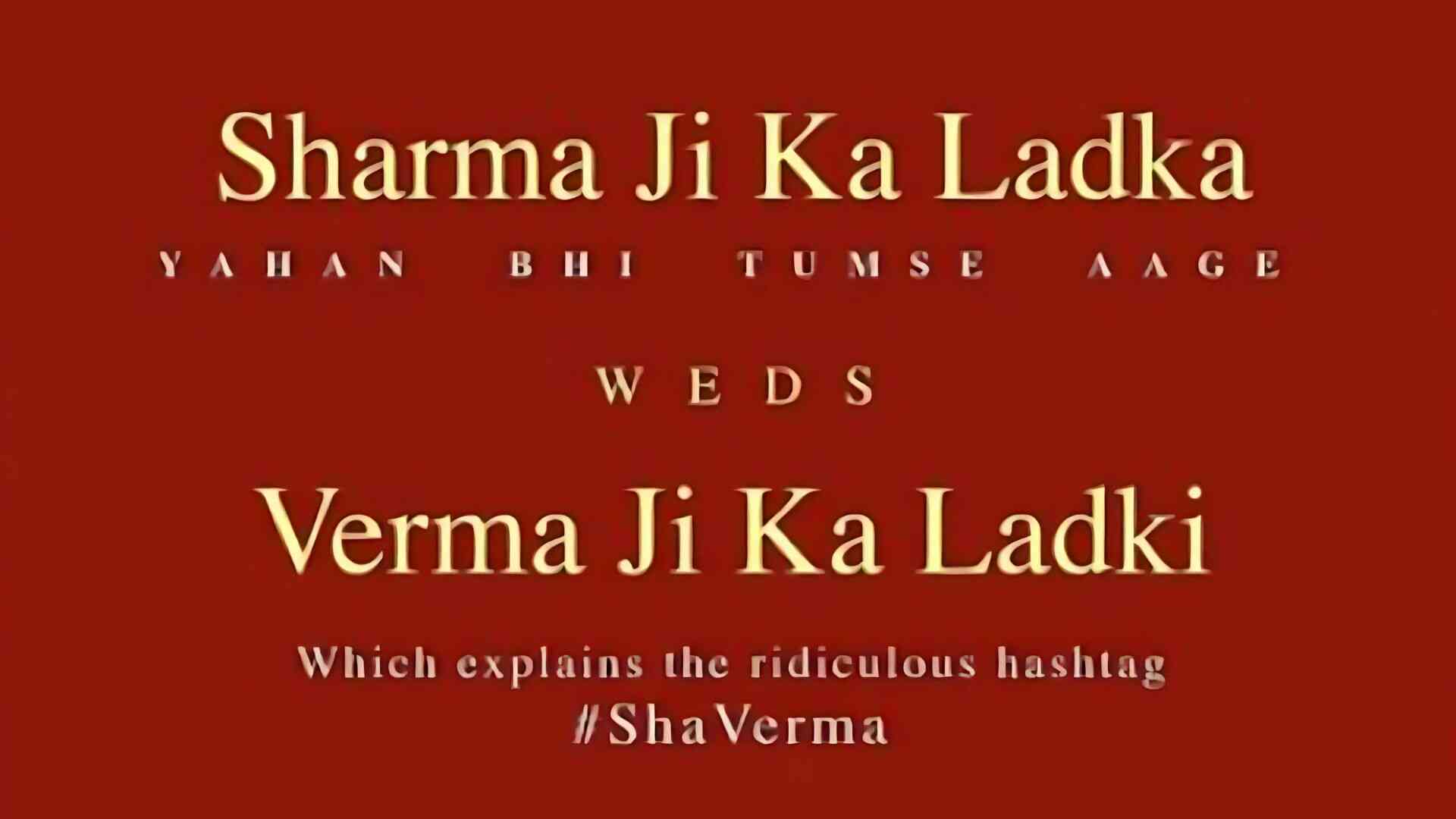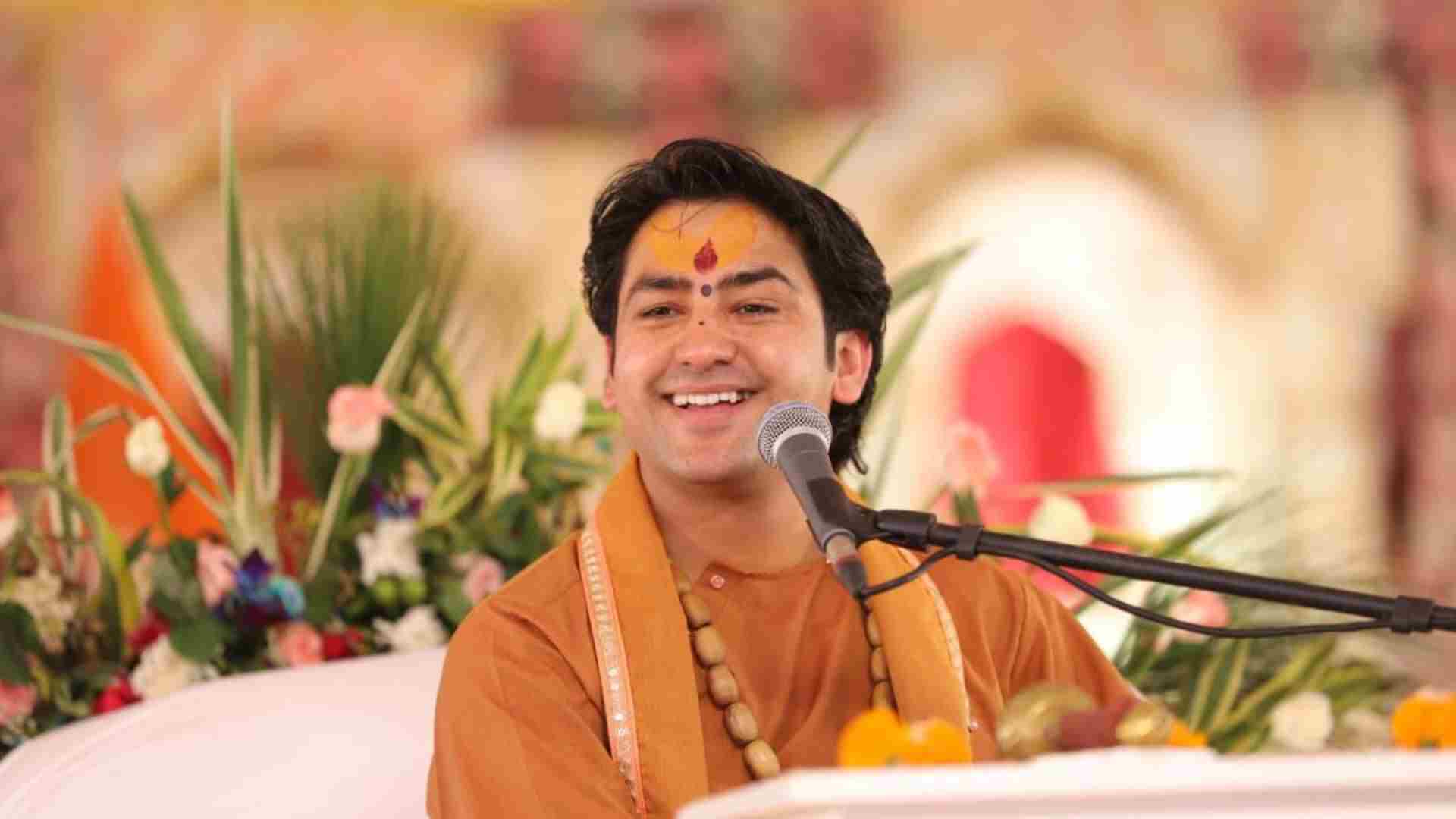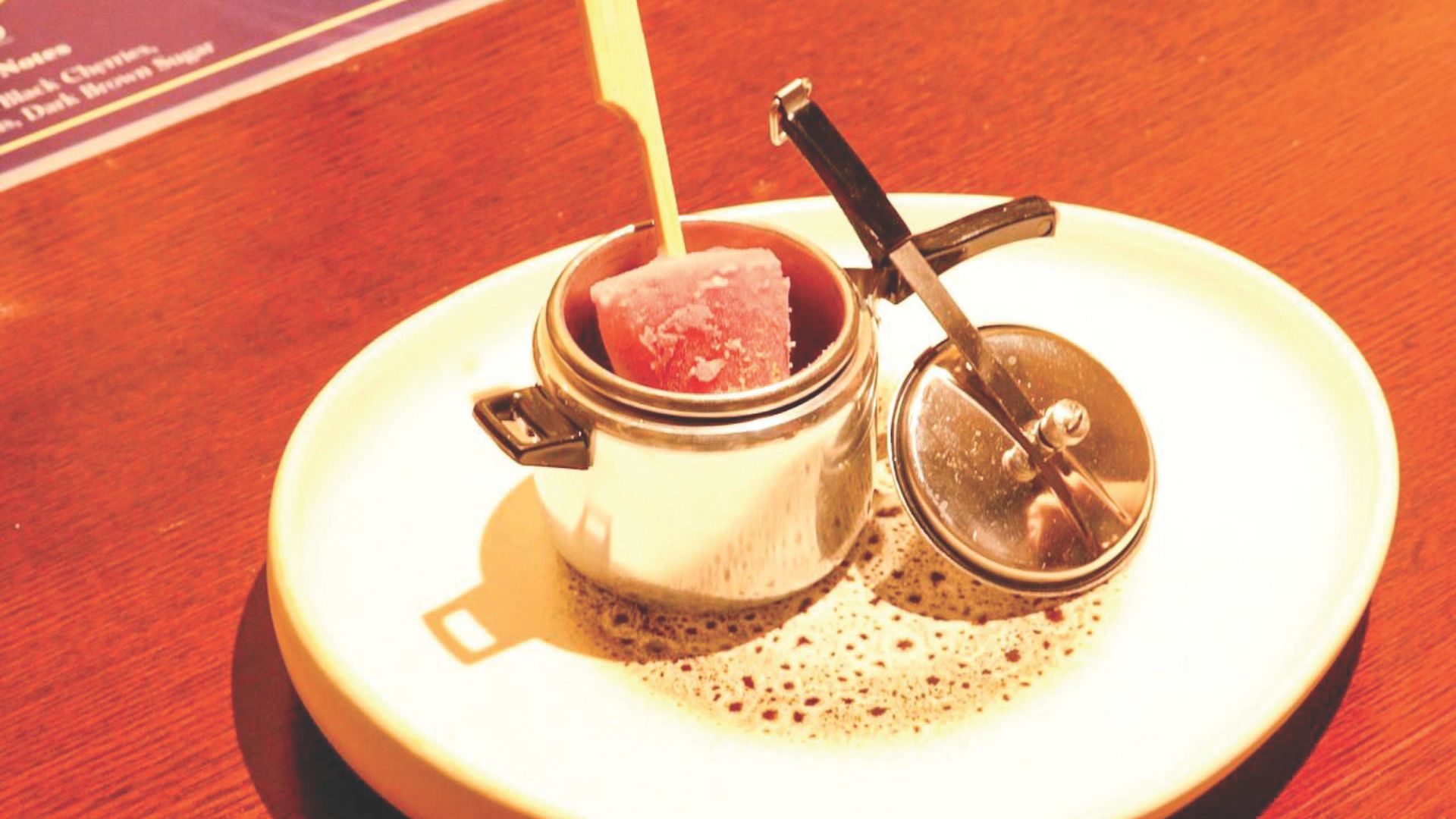
In the land where ghee-laden dal baati once reigned supreme, a silent food revolution is sneaking in. Rajasthan’s traditional cuisine is undergoing an extraordinary transformation as ancient recipes are. meeting modern techniques and fascinating fusions are being created.
DESERT WISDOM MEETS MODERN INNOVATION
In Rajasthan, where bajra (pearl millet) has been a specialty for centuries, innovative chefs are reimagining this humble grain. At the innovative restaurant in Jaipur, Chef Suryaveer Singh serves a remarkable “Bajra Risotto,” a creamy Italian style preparation using traditional bajre ki raab as its base, finished with desert truffles and local herbs.
“Our grandmothers knew the nutritional power of bajra,” explains Singh. “We’re just presenting it in a language today’s diners understand.” This understanding has led to traditional preparations finding new expressions. The iconic Khoba Roti, known for its intricate patterns, now appears as gourmet crackers paired with beetroot hummus, while the warming Bajre ki Raab transforms into sophisticated soup shooters drizzled with truffle oil.
The New Wave of Desert Cuisine
In Jaipur’s bustling food scene, the transformation is evident everywhere you look. At “Desert Modern,” the city’s latest culinary sensation, traditional Daulat ki Chaat gets reimagined with white chocolate and gold leaf, while Arabic Galawat incorporates local spices and crispy seviyan. Chef Priyanka Sharma believes in creating bridges between cuisines. “Our Arabic Galawat uses traditional Rajasthani mathania chilies and desert herbs. It’s something entirely new, yet it carries the soul of our desert heritage.”
The menu at the restaurant reads like a love letter to fusion cuisine. Traditional ker sangri, the preserved beans and berries that have sustained desert communities for generations, now appear in modern avatars. The ker sangri gets pickled using modern techniques and paired with tofu medu vadai, creating a dish that spans regions and traditions.
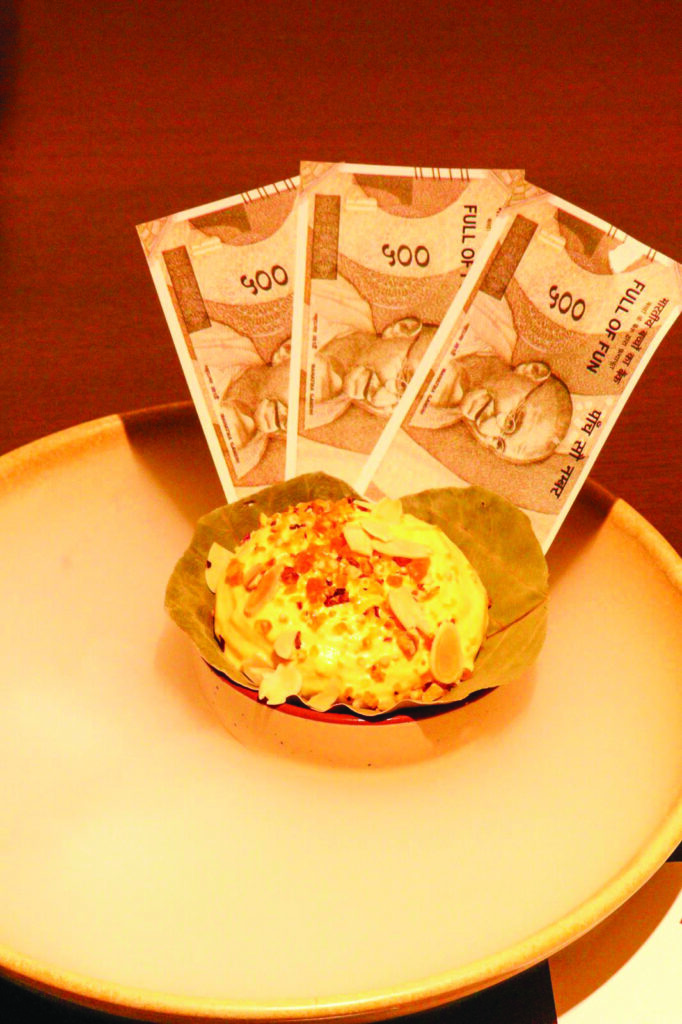
PRESERVING THE SOUL OF DESERT CUISINE
While innovation flourishes, efforts to preserve traditional recipes have intensified. The Desert Food Heritage Project in Jodhpur meticulously documents ancient bajra preparations like Bajre ka Locha and Bajre ki Ranji. These dishes, once staples in rural households, risk being lost to time if not preserved.
Madan Singh, a traditional food expert associated with the project, speaks passionately about bajra’s versatility. “In one grain, our ancestors found a thousand possibilities. From the humble roti to elaborate festival sweets, bajra adapted to every need.” The project has documented over fifty unique bajra preparations, each telling its own story of desert ingenuity.
THE INNOVATION IN TRADITIONAL KITCHENS
Even in traditional settings, innovation finds its way. In the royal kitchens of Udaipur, magic is being created by blending time honored recipes with modern techniques. a signature dish, a bajra soufflé served with ker sangri reduction, exemplifies this fusion. The technique may be French, but the soul is purely Rajasthani.
The restaurant’s menu features other innovative creations like tofu medu vadai spiced with traditional Rajasthani masalas and beetroot and peanut butter chops enhanced with Mathania chili oil. Each dish tells a story of cultural exchange and culinary evolution.
THE ART OF MINDFUL FUSION
Food historian Rashmi Rathore emphasizes the importance of respectful innovation. “Innovation shouldn’t mean losing identity,” she argues. “The best fusion respects traditional ingredients and techniques while making them relevant for today’s diners.” This philosophy is evident in new establishments across Rajasthan, where chefs create dishes that honor traditional flavors while embracing contemporary presentation.
At “Modern Maharaja” in Jaipur, the six-course tasting menu exemplifies this approach. Traditional dishes get subtle modern twists, such as bajra sliders filled with avocado and pickled onions, topped with a desert herb aioli; ker sangri reimagined as a modern tartar; traditional raab transformed into an elegant amuse-bouche.
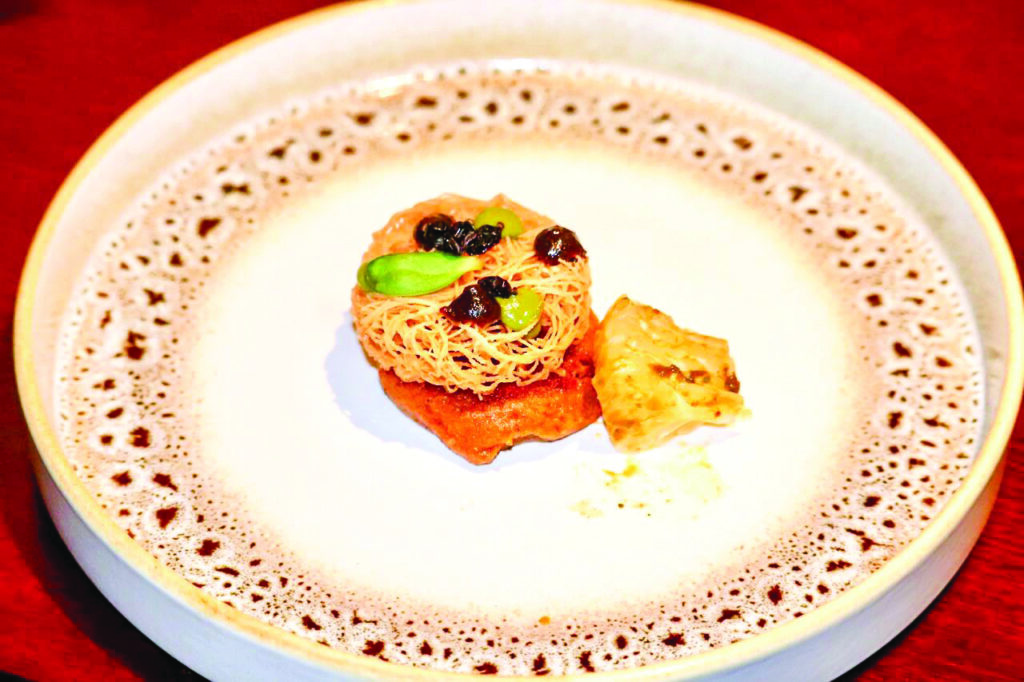
The Future of Rajasthani Cuisine
The evolution of Rajasthani cuisine reflects a broader cultural shift. Young chefs, armed with global techniques and local ingredients, are creating a new culinary language. This fusion isn’t just about combining different cuisines; it’s about understanding the essence of traditional dishes and presenting them in contemporary ways.
The popularity of dishes like White Chocolate Gujiya and Arabic Galawat with local spices shows that diners are ready for this evolution. These creations respect traditional flavors while offering new experiences. As Chef Singh notes, “We’re not changing our food culture; we’re adding new chapters to its story. Each innovative dish carries within it centuries of desert wisdom.”
A TASTE OF TOMORROW
The future of Rajasthani cuisine appears to be a delicate balance between preservation and innovation. From the royal kitchens of Jaipur to the humble homes in rural Rajasthan, this culinary evolution tells a story of adaptation and resilience.
Modern establishments now serve Daulat ki Chaat with roasted almonds alongside traditional preparations. Doda barfi gets reimagined as a treacle tart served with vanilla bean ice cream. Each innovation adds a new layer to Rajasthan’s rich culinary tapestry without erasing what came before.
THE LEGACY CONTINUES
This culinary transformation speaks to a larger truth about tradition: it’s not static but evolving. As Rajasthan’s chefs continue to experiment and innovate, they’re not just creating new dishes; they’re ensuring that traditional cuisine remains relevant for future generations.
In the end, this fusion of old and new, traditional and modern, is what keeps a cuisine alive. As you sit in a modern restaurant in Jaipur, tasting a bajra risotto while listening to live ghazals, you’re experiencing not just a meal but the evolution of a cultural legacy. The desert state’s culinary journey continues, one innovative dish at a time, proving that tradition and innovation can not only coexist but thrive together. The story of Rajasthan’s food evolution is far from over. Each new dish, each creative interpretation, adds another chapter to this ongoing narrative. As Chef Sharma puts it, “We’re not just cooking food; we’re crafting experiences that bridge the past and present.” In this fusion of tradition and innovation, Rajasthan’s cuisine finds its future while honoring its past.








